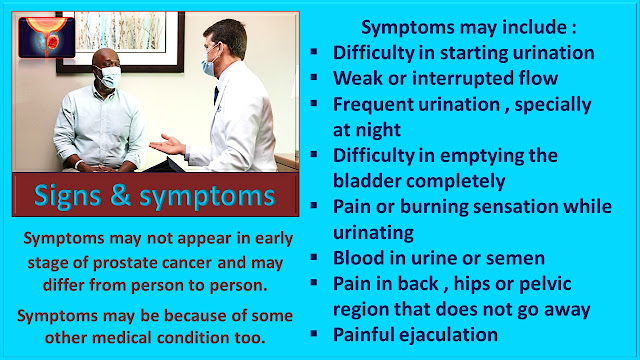BMT | Bone Marrow Transplant in India | CMCS Health
Bone Marrow Transplant are replacement of abnormal or damaged bone marrow in a person by healthy bone marrow. Bone marrow transplant is also known as stem cell transplant. Stem cells are undifferentiated biological cell that has ability to develop in differentiated biological cells. Bone marrow transplant are life saving medical intervention for saving lives of people suffering from abnormal and damaged bone marrow stem cell ,giving rise to diseased medical conditions which can be both malignant or cancerous and non malignant or non cancerous.
The Hematological malignancies or Blood Cancers Requiring Bone marrow transplant are: Leukemia, Multiple Myeloma and myelodysplasia.
Non Cancerous medical conditions requiring bone marrow transplants are : Aplastic anemia , Sickle cell anemia , Thalessemia and Hemoglobinopathies.
Bone marrow transplants can be classified as:
Autologuos bone marrow transplant where patients own bone marrow cells are infused back and Allogenic bone marrow transplant where the bone marrow stem cells are procured from a donor.
At CMCS Health and Medicare Pvt. Ltd., We are associated with Best Indian Hematologist and Bone Marrow Transplant Specialist Doctors. A bone marrow transplant requires a highly upgraded and well equipped medical center as the risk of life threatening infections are high with BMT procedures. At CMCS Health we have selected best Indian hospitals which are well equipped and well managed for risk free BMT procedures for our Global guests.
What patients and attendants need to know before BMT:
Like any other organ transplant, bone marrow transplants may be associated with serious risks; the treating doctors will help the patient and attendant in considering pros and cons of going for a bone marrow transplant. BMT is definitely a life saving condition for many patients. Selection of a suitable donor is very important for success of BMT.HLA tests determine how the antigens of recipient’s stem cells matches to antigens of donor’s stem cell. The higher the number of matching HLA antigens ,the greater are chances of recipient’s body accepting the donor stem cells. Close relatives like brothers and sisters of recipient have better chances of matching HLA antigens and thereby successful BMT procedures as compared to a non related donor.
What is ideal time to do BMT for patients with cancer :
The ideal time to do BMT with good success rate is when the disease is in remission ( The signs and symptoms are not present usually after completion of chemotherapy cycles) and in early stage of disease, children and generally good health of patient.
Post Bone Marrow Transplant care and management:
Chemotherapy induced hepatotoxicity .Conditioning induced neutropenia and thrombocytopenia resulting in infections, bleeding and mucositis. Approximately within 4 weeks of BMT ,signs of engraftment start appearing. When the patient is found fit to be discharged post successful BMT,patient is discharged from hospital but proper follow up medical care is advised by the doctors post discharge.





































